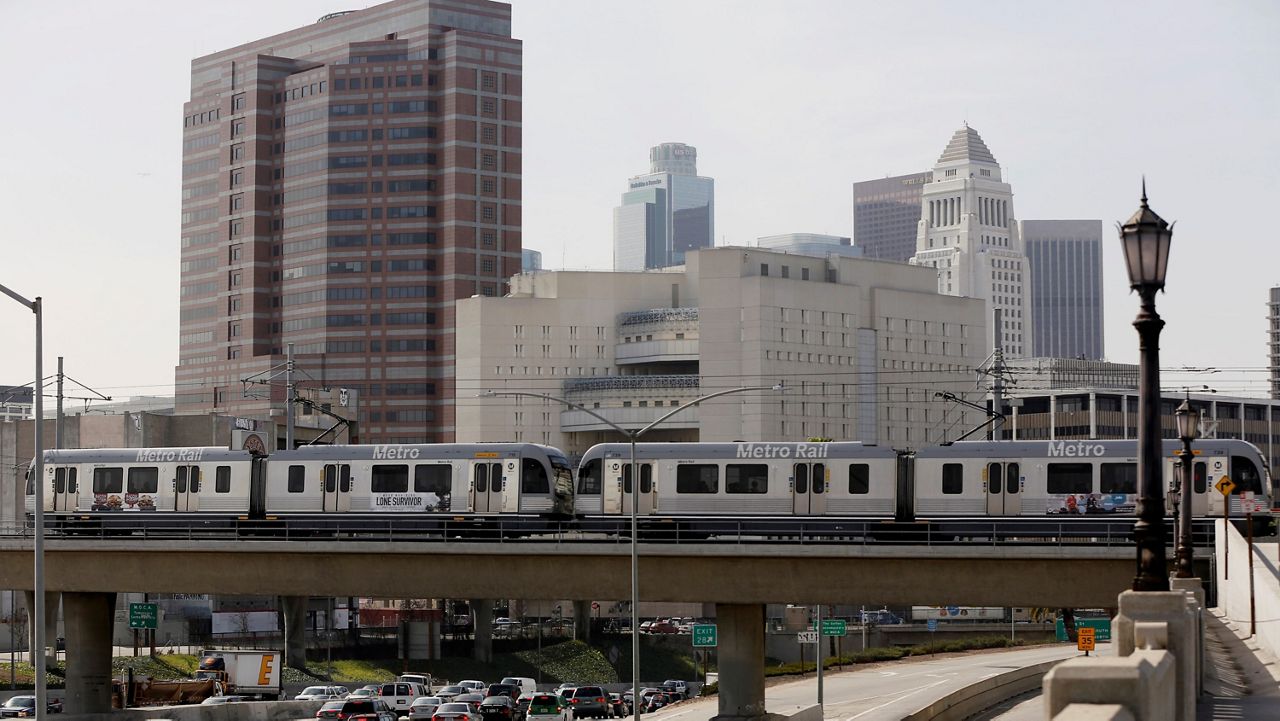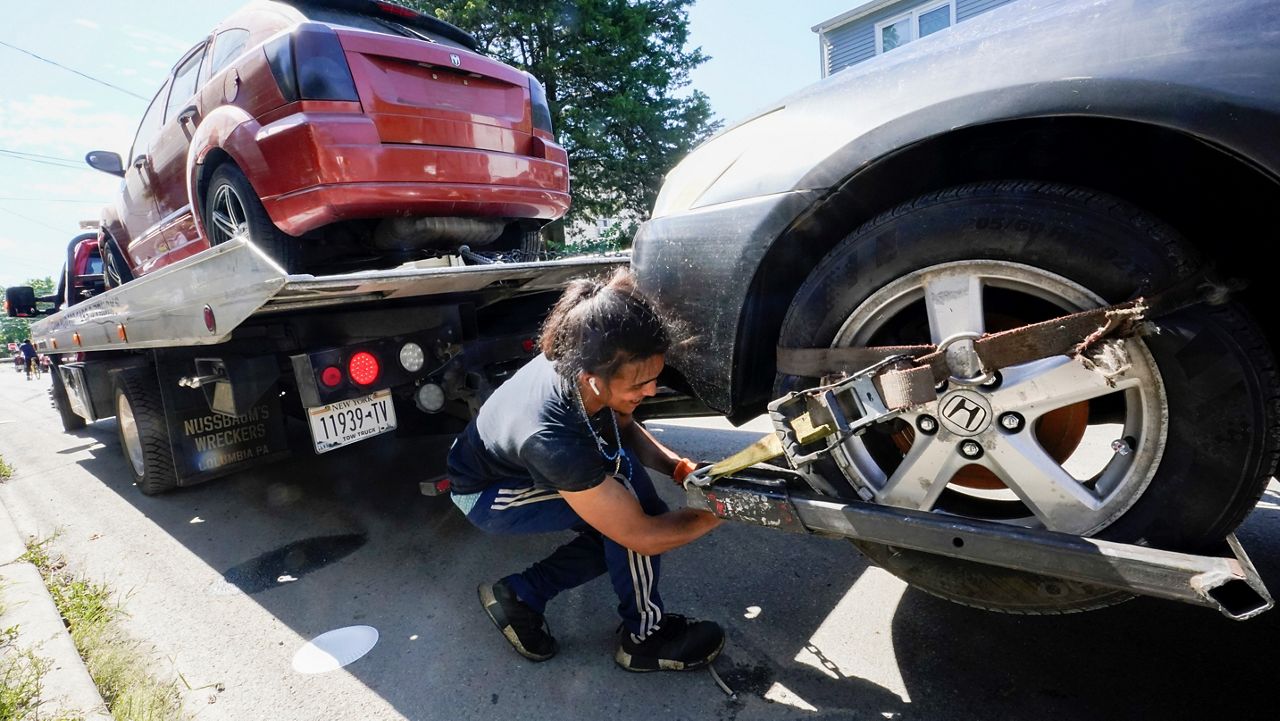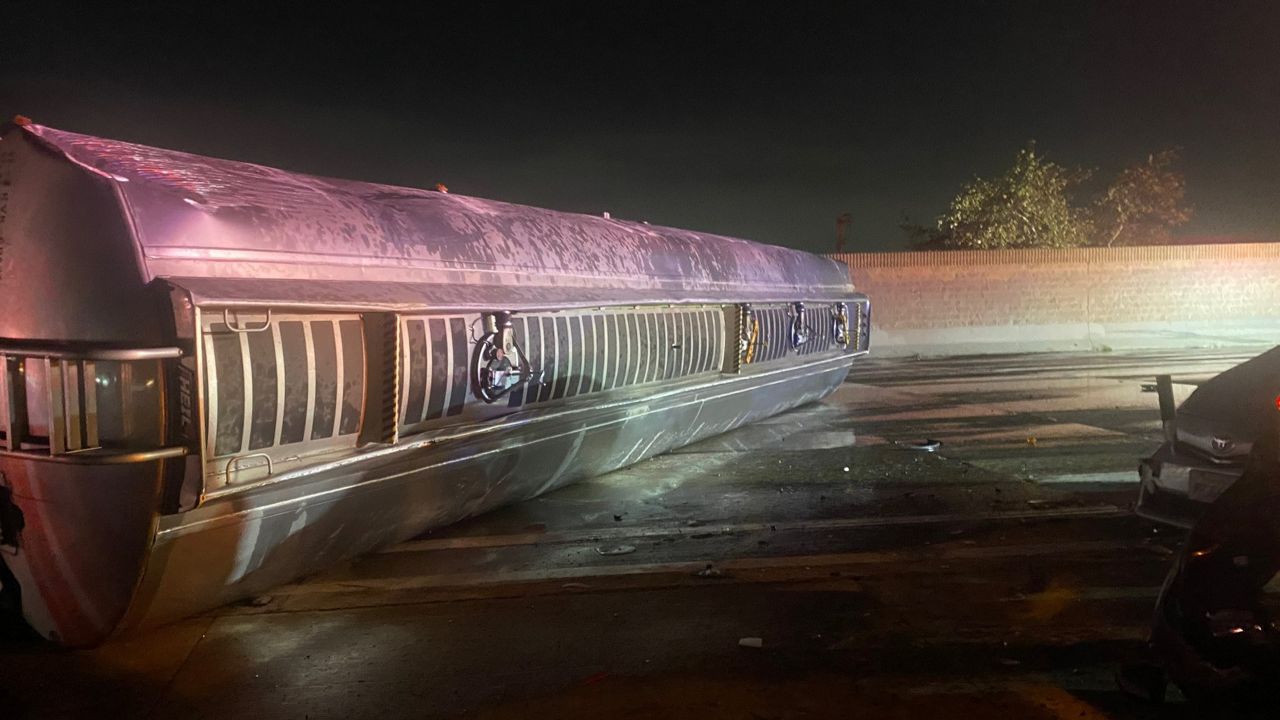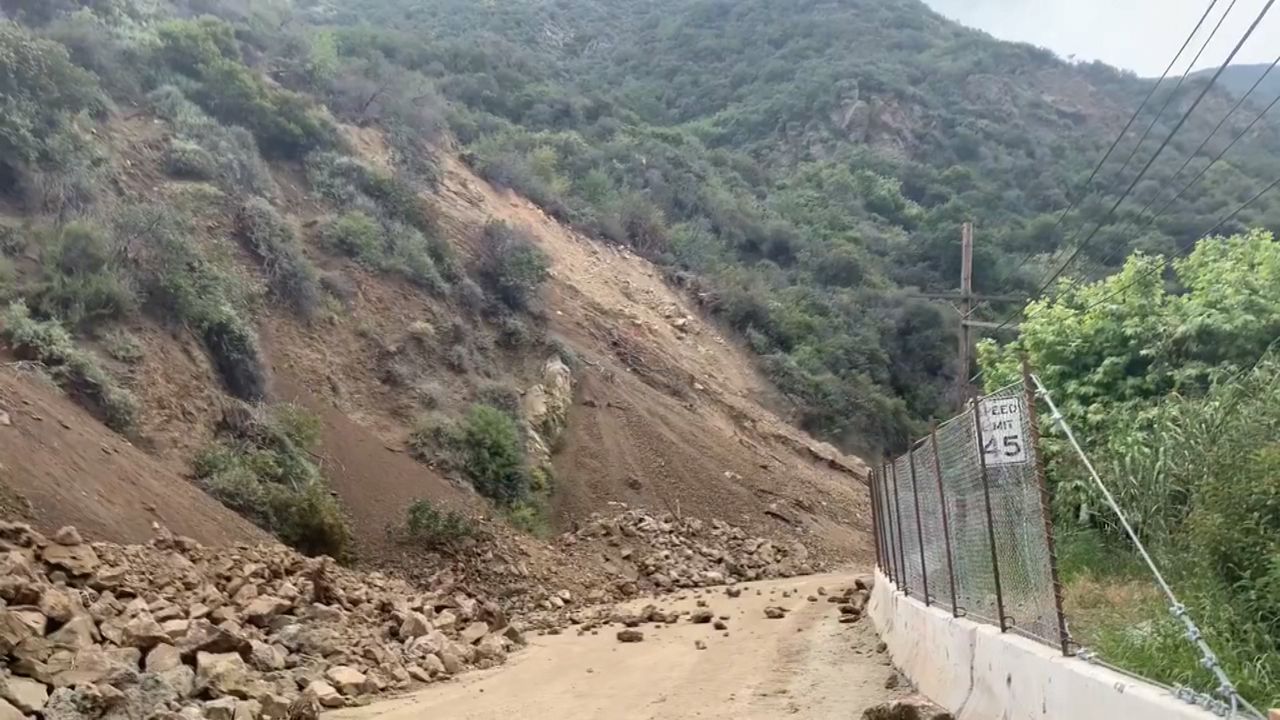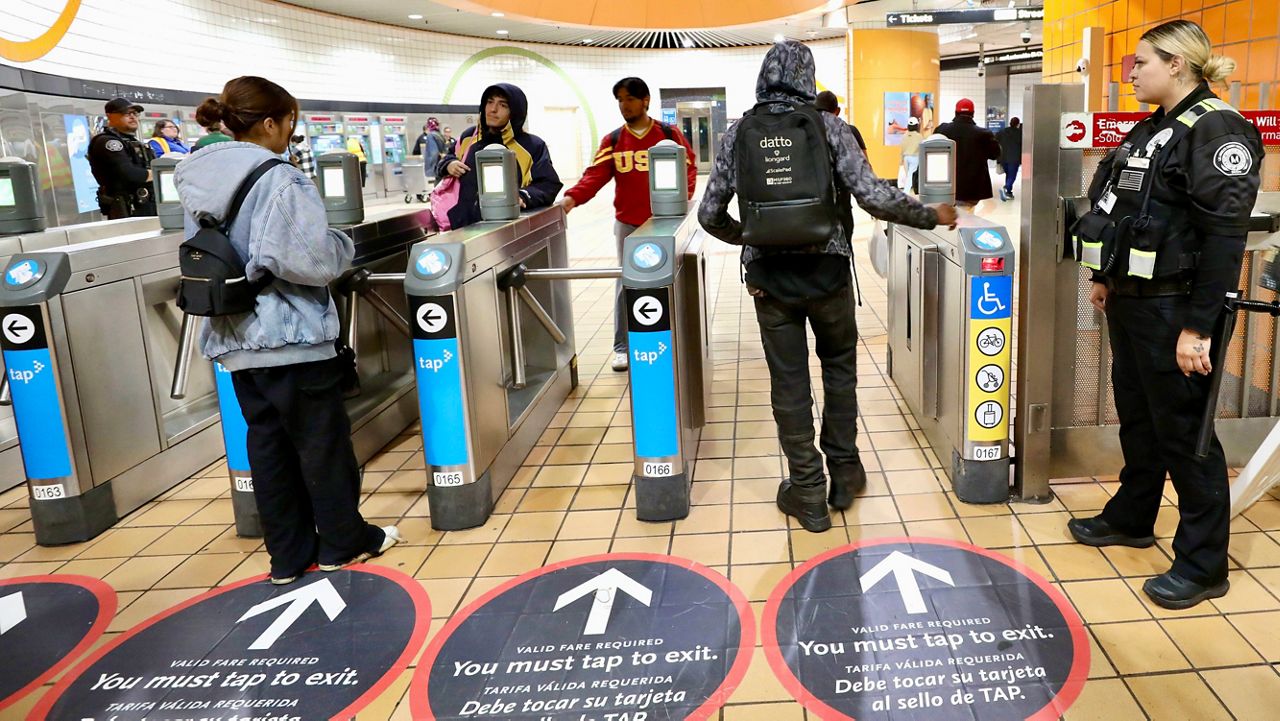MONROVIA, Calif. — Metro's Foothill Gold Line, a 9.1-mile light rail project from Glendora to Pomona, is ready for final testing, training and preparation for passenger service — a milestone that comes after years of construction.
The Foothill Gold Line Construction Authority, an independent agency created by the state in 1998, announced Friday the light rail project reached "substantial completion" on time and on budget. Now that the project has reached this state, the agency will turn over the rest of the work to LA Metro.
In the months ahead, Metro will conduct final testing of the system, train operators and other crews, establish emergency and safety preparations, pre-revenue operations and simulated revenue service, and obtain approvals by the California Public Utilities Commission, among other tasks, according to Construction Authority officials.
"Reaching substantial completion is an important achievement for the entire team at the Construction Authority, Metro, our contractors and our corridor cities," Construction Authority CEO Habib Balian said in a statement.
"We are proud to be the first light rail project funded by Measure M to have broken ground and to now be completed, and we look forward to handing the project over to Metro as they prepare to put the extension online later this year," Balian added.
The $1.5 billion light rail project added four stations located in the cities of Glendora, San Dimas, La Verne and Pomona. Once Metro finalizes this extension, the agency's A Line will reach more cities and communities.
Currently, the A Line serves 44 rail stations from Azusa to Long Beach.
Five years ago, the Construction Authority awarded a $906.5 million contraction for the design and construction of the new stations, parking, track, power, train control, and communications and safety equipment to a Kiewit-Parsons, a Joint Venture, also known KPJV.
In addition, KPJV relocated freight track, added 19 bridges that span major city streets and intersection in Glendora and San Dimas, 21 at-grade street crossings, 10 miles of decorative sound and retaining walls and fencing.
Balian noted that KPJV did an "outstanding job" despite worries over possible delays due to the coronavirus pandemic and extreme weather conditions such as heat waves and heavy downpours.
"I am pleased to say that we not only completed the project on time and on budget -- we ended as partners," Balian said in his statement.
With more tasks to be done and final approvals in the works, an opening date has not been set, but Metro will announce such a day in the near future, according to the Construction Authority.
Following the completion of this project, Metro officials will look to extend it further, connecting Pomona to Montclair.
LA County's Measure M, a 2016 half-cent sales tax for traffic, infrastructure and transportation projects, provided a majority of funding for the light rail.
Metro officials used another $100 million generated from Measure R — a half-cent sales tax approved by county voters in 2008 for transportation projects and programs — to complete the now-operational Pasadena to Azusa segment.
In 2018, CalSTA's Transit and Intercity Rail Capital program provided a nearly $300 million grant for this extension as well.






